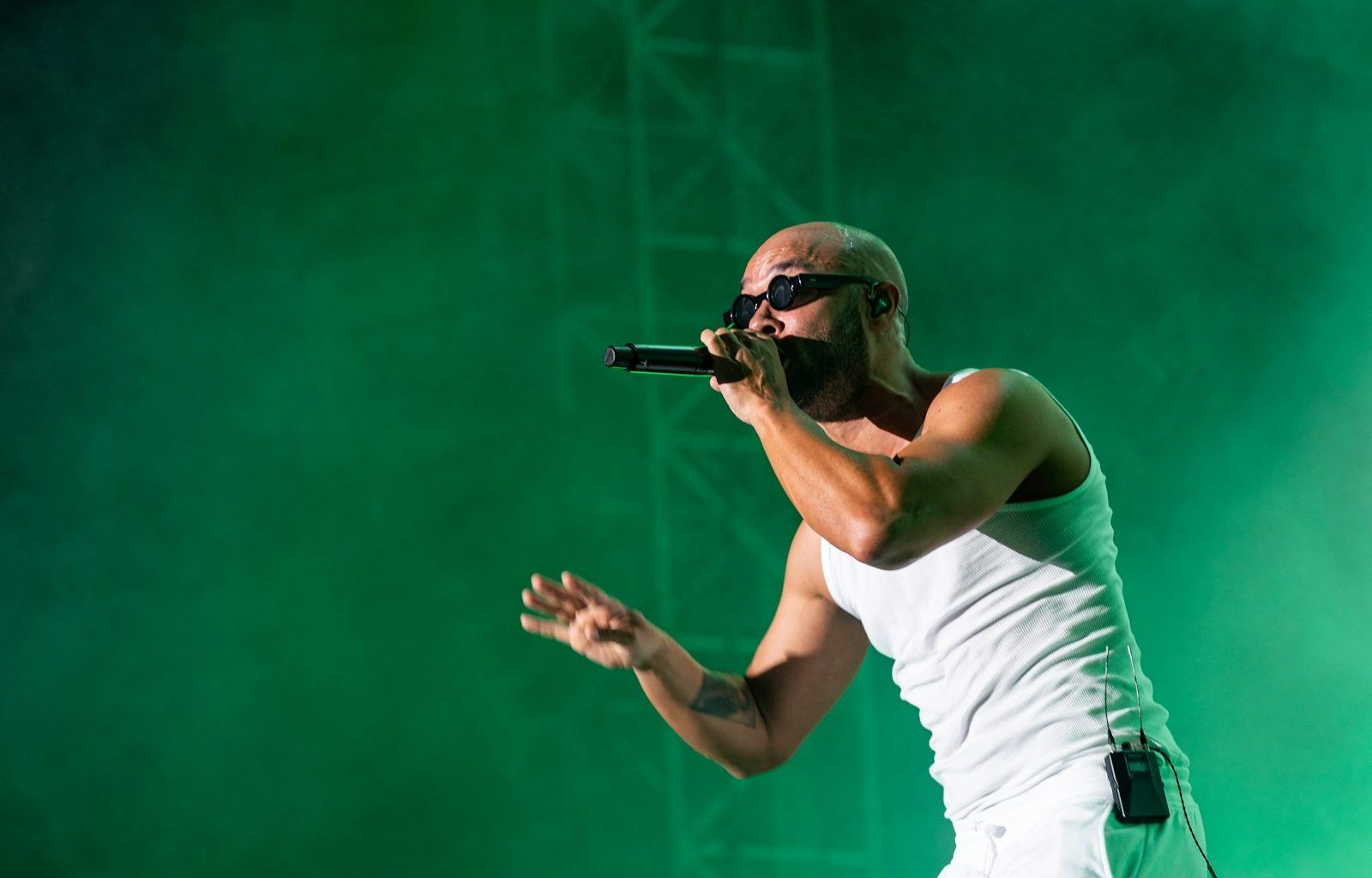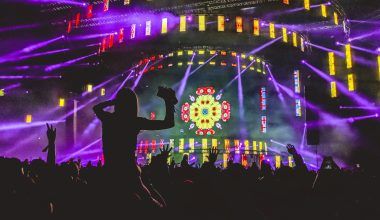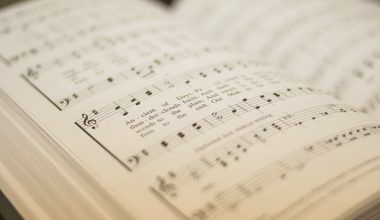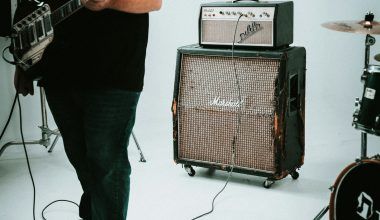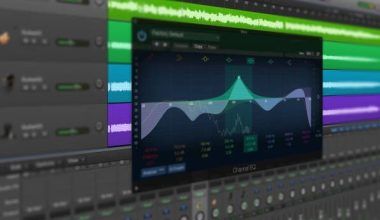Music has always been a universal language, bringing people together and telling stories that resonate across generations. Public domain song hold a special place in this world of melodies. These are songs that are free to use, share, and reinterpret without worrying about copyright restrictions. Whether you’re a musician, filmmaker, or simply someone who loves old tunes, public domain songs can be a treasure trove of inspiration and creativity.
What Are Public Domain Songs?
Let’s start with the basics. Public domain songs are compositions that are no longer protected by copyright law. This means that anyone can use them freely without needing permission or paying royalties. Typically, a song enters the public domain after a certain period of time has passed since its creation. In the United States, for example, works published before 1924 are generally in the public domain. However, the rules can vary depending on where you are in the world.
These songs are often traditional folk tunes, hymns, or early popular music. Think of classics like “Amazing Grace,” “Silent Night,” or “Greensleeves.” They’ve stood the test of time and continue to be loved by people of all ages.
Why Public Domain Songs Matter
Public domain songs are more than just old music. They are cultural artifacts, capturing the essence of different eras and regions. These songs often tell stories of love, loss, joy, and struggle. Because they belong to everyone, they allow us to connect with history in a deeply personal way.
For creators, public domain songs are invaluable. Imagine you’re a filmmaker looking for the perfect soundtrack or a musician searching for a classic tune to remix. Public domain songs give you the freedom to explore, adapt, and innovate without legal hurdles. They’re a playground for creativity.
How to Find Public Domain Songs
If you’re curious about diving into the world of public domain songs, the first step is knowing where to look. Many websites and archives specialize in these timeless works. The Library of Congress, for instance, has a vast collection of music that’s free to use. Other resources include Project Gutenberg and IMSLP, which focus on sheet music and classical compositions.
When exploring public domain songs, always double-check their status. Just because a song is old doesn’t automatically mean it’s in the public domain. Some versions or arrangements might still be copyrighted, so it’s important to do your homework.
Popular Examples of Public Domain Songs
Let’s talk about some famous public domain songs that you’ve likely heard before. Songs like “Happy Birthday” were once copyrighted but have since entered the public domain. Other examples include traditional tunes such as “Oh! Susanna,” “Danny Boy,” and “The Star-Spangled Banner.” These songs have been passed down through generations and have been interpreted in countless ways.
Each of these songs carries its own unique story. For instance, “Amazing Grace” was written in the 18th century and has become one of the most beloved hymns worldwide. Its message of redemption and hope has touched millions of lives.
How to Use Public Domain Songs Creatively
The possibilities are endless when it comes to using public domain songs. Musicians can arrange or remix them into modern compositions. Filmmakers can use them as soundtracks to evoke specific moods or historical settings. Educators can incorporate them into lessons about history, culture, or music theory.
Even businesses can benefit. Imagine using a classic tune in a commercial or as background music for a presentation. Because public domain songs are royalty-free, you can use them without worrying about licensing fees. This makes them an excellent choice for small businesses and independent creators.
Tips for Creators Working with Public Domain Songs
If you’re planning to use public domain songs, here are a few tips to keep in mind:
- Research the Song’s Status: Always confirm that the song is truly in the public domain. Check reliable sources and consult experts if needed.
- Be Creative: Don’t just replicate the original. Add your own twist to make it unique and relevant to your audience.
- Give Credit: Even though public domain songs don’t require attribution, acknowledging their origins can add depth and authenticity to your work.
- Collaborate: Partner with other creators to bring new life to these classic tunes. Collaboration can lead to exciting and unexpected results.
The Role of Technology in Preserving Public Domain Songs
In today’s digital age, technology plays a crucial role in preserving and sharing public domain songs. Online platforms and archives have made it easier than ever to access these works. Streaming services, too, have contributed to their resurgence by featuring playlists dedicated to vintage and traditional music.
Moreover, artificial intelligence and machine learning are being used to analyze and restore old recordings. This ensures that future generations can continue to enjoy these timeless pieces. Technology is not just a tool; it’s a bridge connecting the past to the present.
The Emotional Connection to Public Domain Songs
There’s something magical about listening to or performing a public domain song. These melodies have a way of evoking nostalgia and a sense of belonging. They remind us of simpler times and universal truths. Whether you’re humming “Home on the Range” or playing “Auld Lang Syne” on New Year’s Eve, these songs have the power to bring people together.
As we embrace these songs, we’re not just preserving history—we’re keeping the spirit of shared creativity alive. Each time a public domain song is sung or played, it gains a new chapter in its ongoing story.
Conclusion: Embrace the World of Public Domain Songs
Public domain song are more than just free music. They’re a gateway to history, culture, and creativity. They invite us to explore, learn, and connect with one another. Whether you’re an artist, educator, or music enthusiast, these songs offer endless possibilities.
So why not dive into this treasure trove? Pick a song, give it your own spin, and share it with the world. In doing so, you’ll not only be honoring the past but also creating something new and meaningful for the future.
For further reading, explore these related articles:
For additional resources on music marketing and distribution, visit DMT Records Pvt. Ltd..
